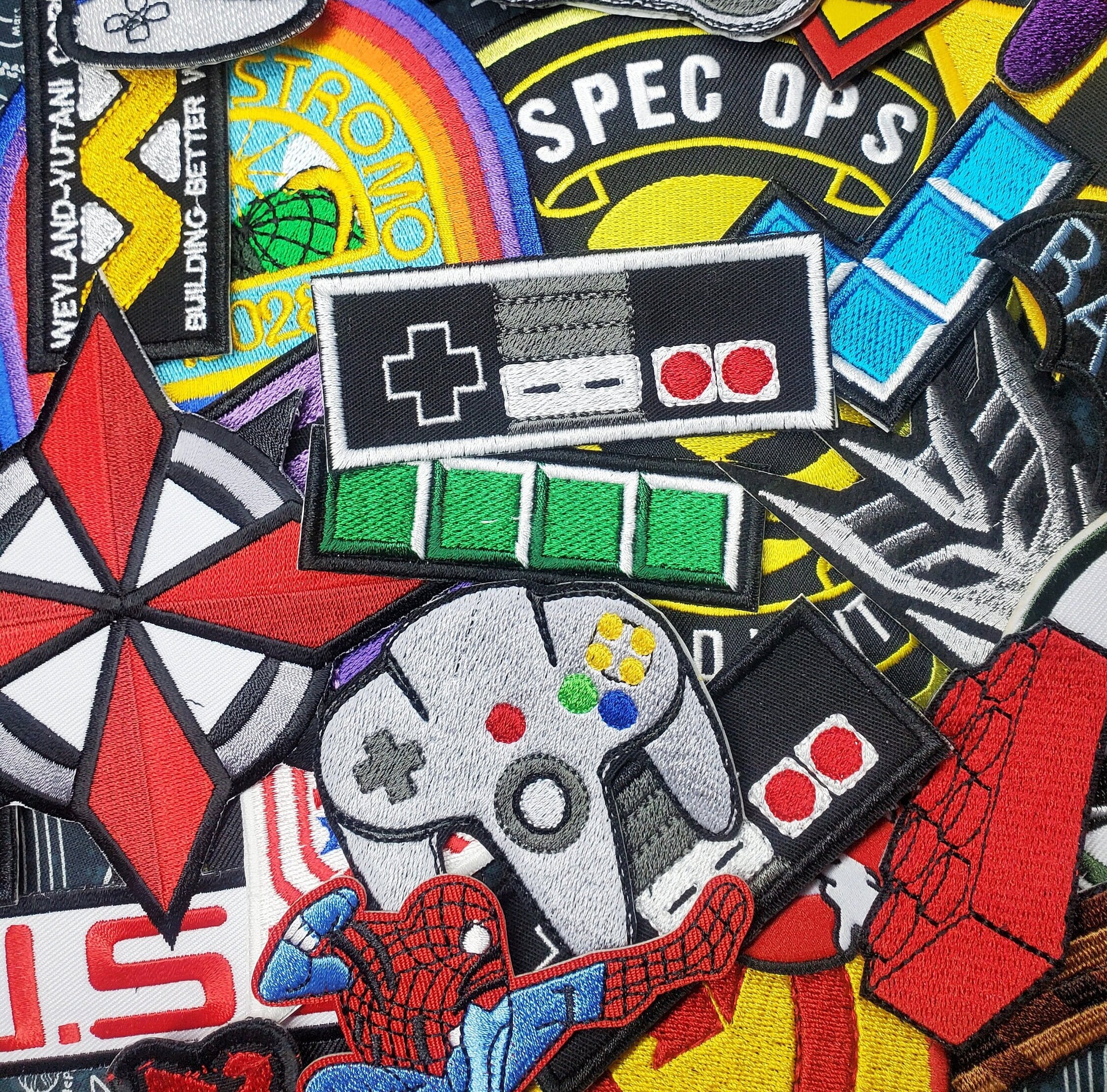Tube Rank: Your Guide to Video Success
Discover tips and insights for optimizing your video presence.
Patch It Up: The Surprising Transformations of Your Favorite Games
Discover how simple updates can revolutionize your favorite games. Uncover surprising transformations that will change your gaming experience!
How Game Patches Are Changing the Way We Play: A Deep Dive
The landscape of gaming has evolved significantly over the past decade, with game patches becoming a pivotal aspect of the player experience. Traditionally, games were released in a fixed state, often requiring players to adapt to any bugs or imbalances that arose. However, with the rise of digital distribution and online connectivity, developers can now release regular updates that enhance gameplay, fix critical issues, and introduce new features. This shift not only improves the overall quality of games but also fosters a stronger relationship between developers and the gaming community, as feedback can be quickly addressed through timely patches.
Moreover, game patches are redefining how players engage with their favorite titles. Updates can include everything from balance adjustments in competitive games to significant content drops in single-player experiences. This dynamic model means that the conversation around games is constantly evolving, with players discussing the latest changes and strategies post-patch. Additionally, this ongoing support can prolong the lifespan of a game, keeping it relevant in an ever-changing market. As a result, patches have become essential tools for developers looking to maintain a dedicated player base while continuously enhancing the gaming experience.

The Unbelievable Transformations: Top 5 Games That Were Saved by Patches
In the world of gaming, patches have become a lifeline for developers striving to enhance player experience. Many games have experienced unbelievable transformations thanks to timely updates that address glaring issues. One standout example is No Man's Sky, which launched to mixed reviews due to its lack of promised features. However, persistent updates have turned it into a vast universe brimming with content, highlighting the game's potential and turning initial critics into avid fans. Such transformations reveal the power of developer dedication and community feedback.
Another game that exemplifies this trend is Final Fantasy XIV, originally plagued by criticism and lacking essential elements upon release. After an extensive overhaul, the game was reborn as Final Fantasy XIV: A Realm Reborn, setting a new standard for MMORPGs. The dedication to fixing core problems not only salvaged the game but also established a loyal player base eager for new adventures. These examples underscore the undeniable impact of patches in revitalizing and reshaping the gaming landscape.
From Glitches to Greatness: What Game Developers Fix Behind the Scenes
In the gaming industry, the journey from glitches to greatness is a vital narrative that unfolds behind the scenes. Game developers encounter a myriad of technical issues, ranging from minor bugs to game-breaking glitches. These problems require a meticulous approach to identify and resolve. For instance, through rigorous testing phases, developers use automated scripts and manual testing to discover inconsistencies in gameplay mechanics, graphics rendering, and artificial intelligence behavior. The goal is to ensure that every player experiences a seamless and immersive gaming experience, devoid of frustrating interruptions.
Once developers pinpoint these issues, they embark on a detailed fixing process that often involves several stages. Initially, they categorize glitches based on severity, prioritizing critical errors that affect gameplay stability. After addressing urgent problems, developers implement a host of optimizations, such as improving loading times and enhancing user interface responsiveness. Moreover, developers often incorporate feedback from beta testers and the gaming community to refine the final product, ensuring that the game not only works well but exceeds players' expectations, ultimately transforming those pesky glitches into a polished and enjoyable experience.